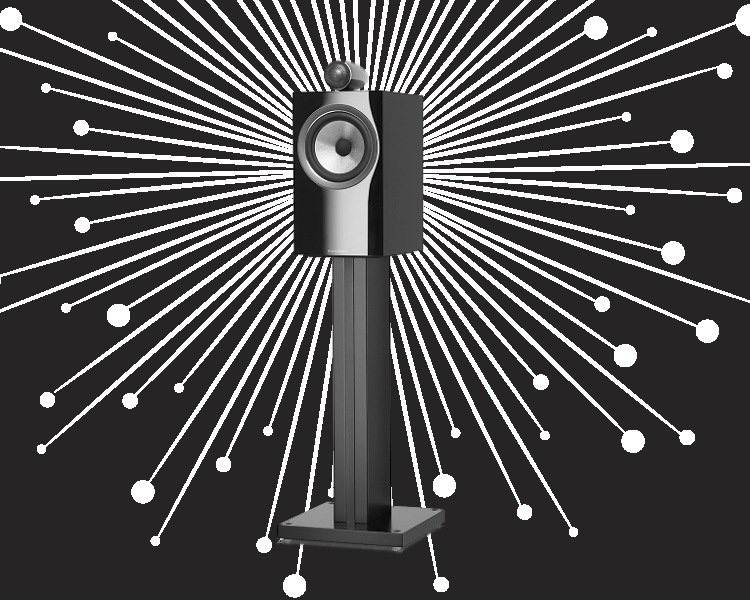In a Nutshell
Bowers & Wilkins is a British speaker company that has been around for a long time, and they have built a tremendous reputation for quality products over the years.
Their 700 series is one of their lines, which includes the 705 S2 stand-mounted speakers.
Recently, they announced the 705 Signature which is an upgrade from the 705 S2.
I was surprised at how good these speakers are for a design that is modest in size.
Highlights
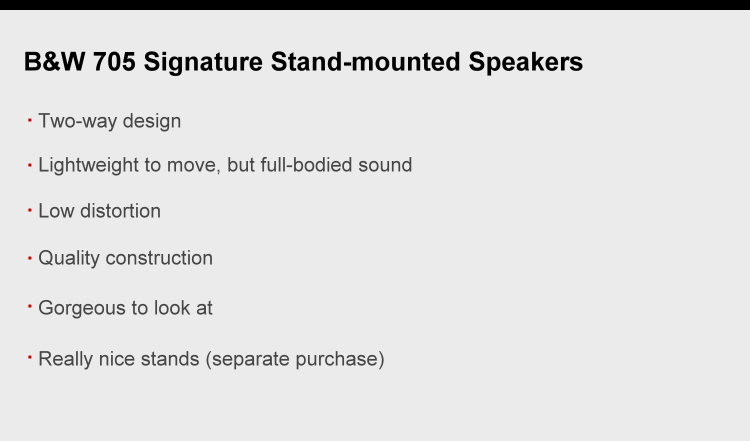
Introduction
John Bowers founded his company in 1966 in West Sussex, England. His first product was the P1 speaker. Its success resulted in rapid growth.
In 1970, he released the very modern-looking DM70.

In 1977, the DM7 had the revolutionary tweeter on top, separated from the main enclosure.
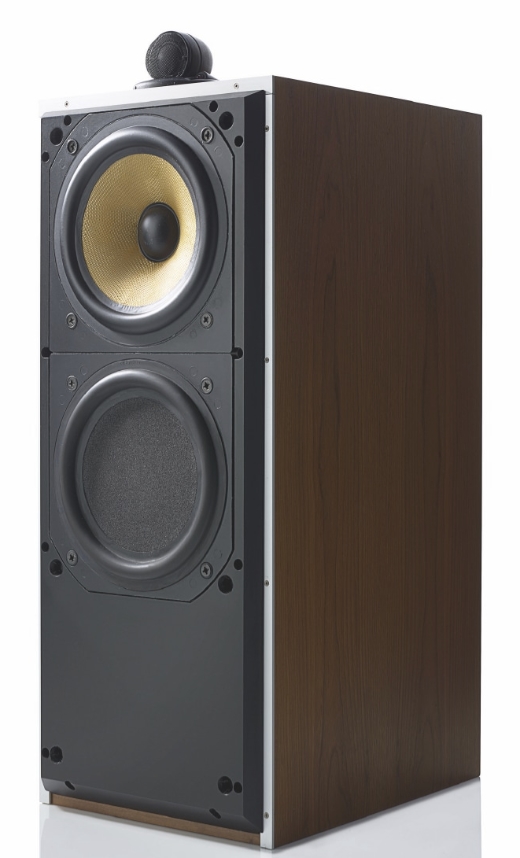
Here we are in the 21st century, and that tweeter on top is now a very recognized feature of B&W speakers.
The 705 Signature is a step up from the 705 S2. The difference is in the finish, which is called Datuk Gloss Black, and it comes from Italy. It is real wood veneer covered with eleven coats of finish, producing a look of wood under glass. There are also some changes in the crossover network and the tweeter enclosure.
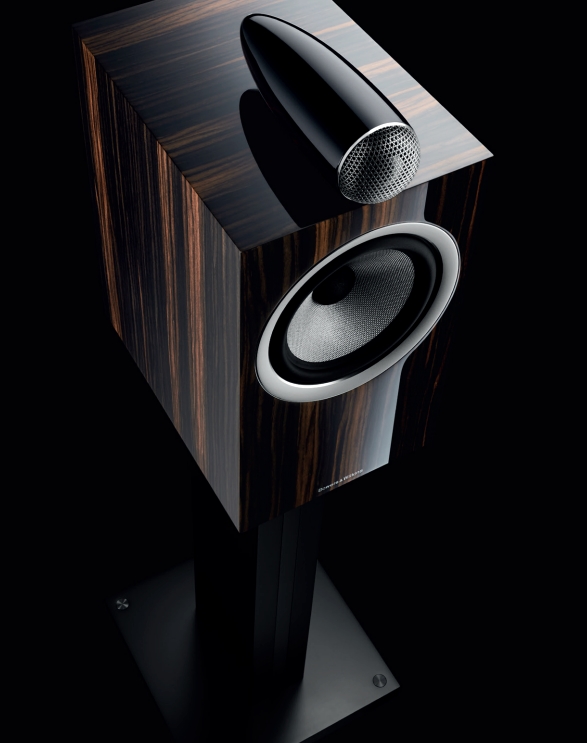
B&W 705 SIGNATURE STAND-MOUNTED SPEAKERS SPECIFICATIONS
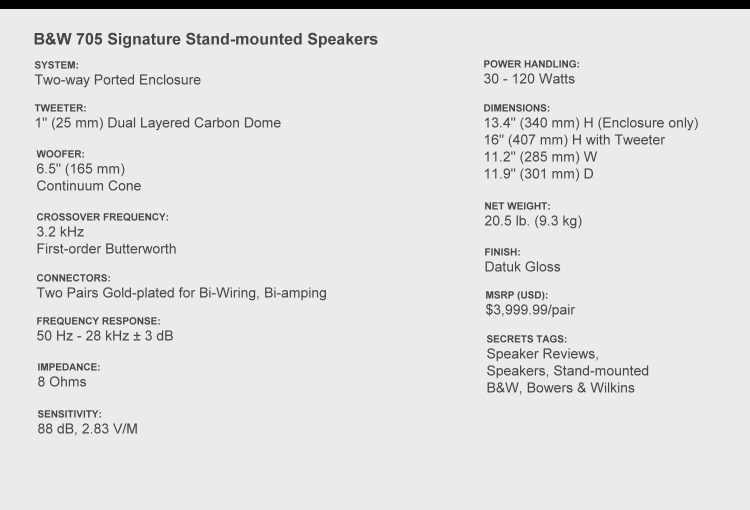
Website: https://www.bowerswilkins.com/
Design
The B&W 705 Signature speakers are a two-way stand-mounted design. The carbon dome tweeter is a 30 micron aluminum diaphragm covered in a thin coating of carbon applied using a PVD (pressure vapor deposition) process. This stiffens the dome. The single dome is then further braced by a separate, second ring of pure carbon, 300 microns thick, and profiled to match the inner shape of the main dome with two layers of carbon rather than just one. Shown below is an exploded view of the dome.
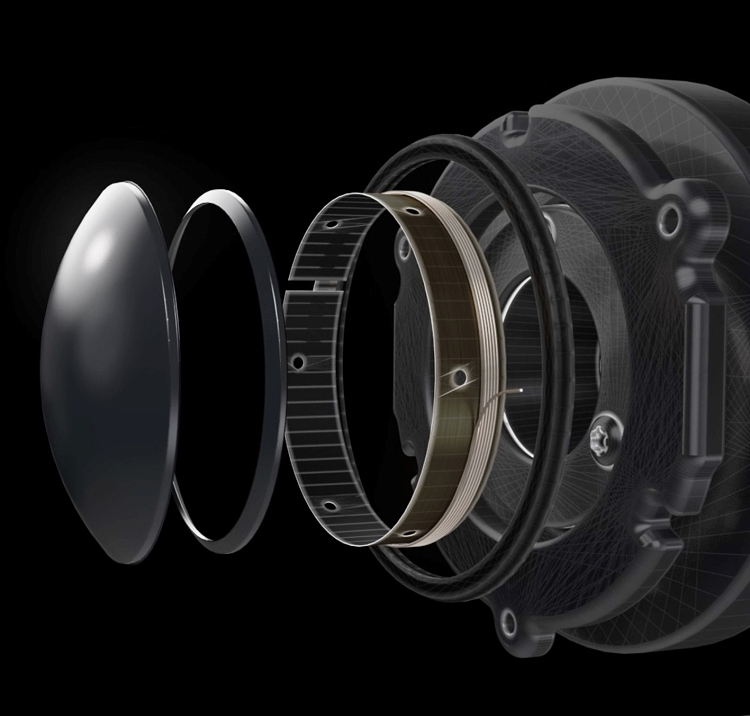
The woofer is 6.5” continuum, which is B&W’s proprietary design, improving on Kevlar.
The Signatures have a different capacitor in the crossover from the S2s (now a crossover frequency of 3.2 kHz instead of 3.7 kHz for the S2s), and there is also a change in the outward appearance of the tweeter enclosure.
The finish is probably the most observable difference. With the Signatures, the finish has eleven coats, with each coat polished before the next coat is applied. It is done by an Italian firm. The veneer is real wood, so the grain is different with each speaker. The overall appearance is like wood under glass.
You can see the highly reflective glossy finish in the photo below.
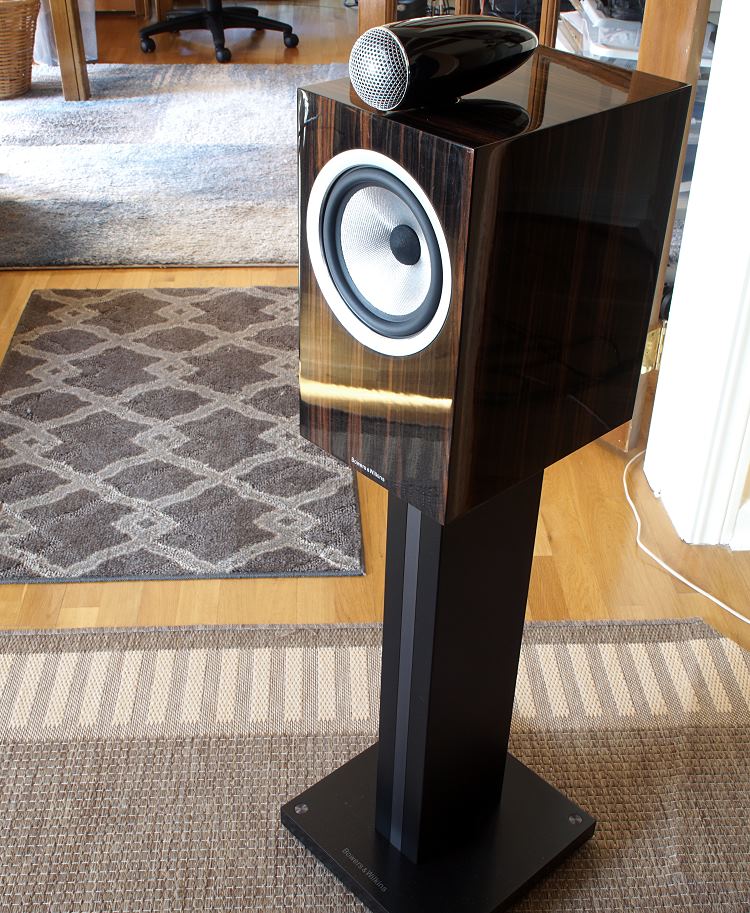
The stands that came with the speakers are an optional item. They are the model FS-700 S2 and are $599.98. The come in black or silver. I recommend getting these with the 705 Signature speakers since they are designed specifically for these speakers.
I assembled them as follows.
The stand is turned upside down.
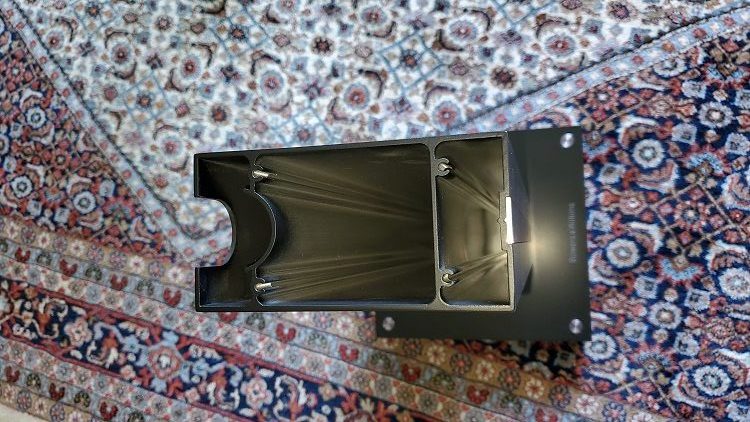
You can see four bolts in the center. They are aligned with holes in the floor plate. The bolts and holes are polarized, meaning that they are closer together at one end than at the other, so you cannot mount the plate backwards.

Then you place nuts on the screws.
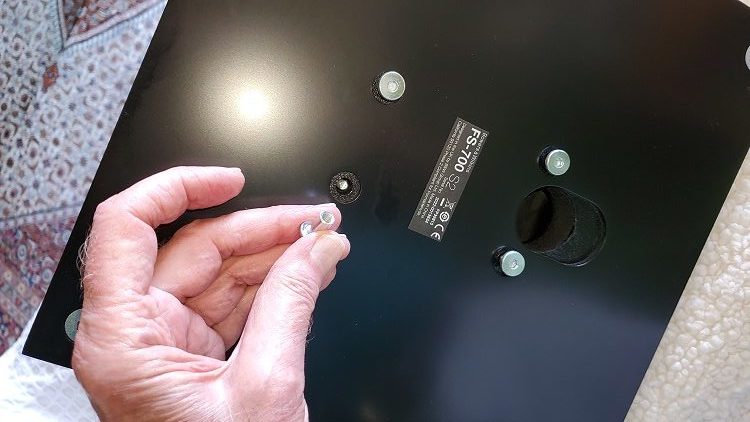
Using the included hex wrench, the nuts are tightened.
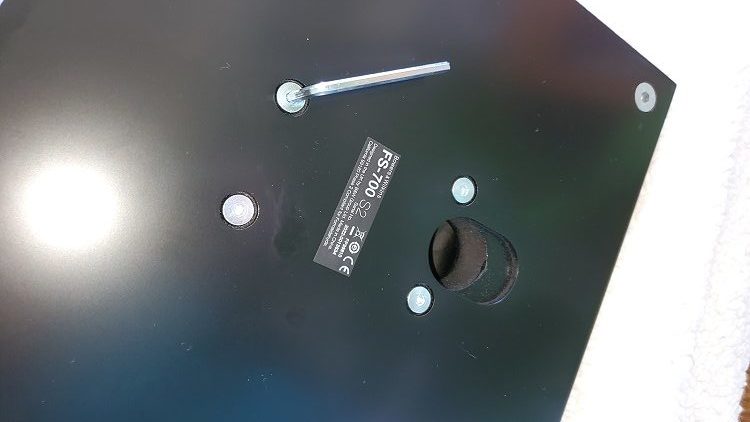
The speakers come with a set of spikes and rubber bumpers for the floor plate.
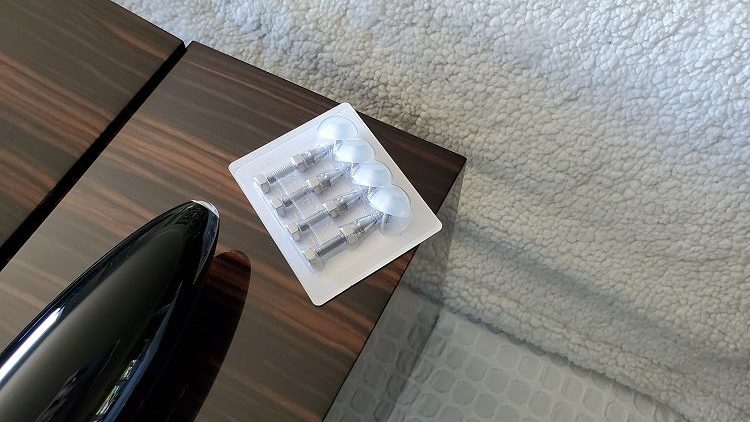
I chose the rubber bumpers and screwed them into the four corners of the floor plate.
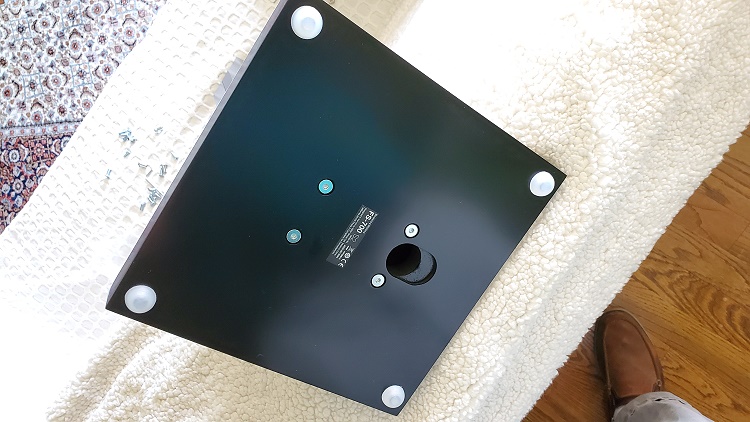
I turned the stand up on the other end so I could mount the speaker base plate. In this case, there are no nuts, just the screws.
If you like, you can run the speaker cable up through a channel in the rear of the stand and also fill the center of the stand with dry sand. I chose not to do either of these things.
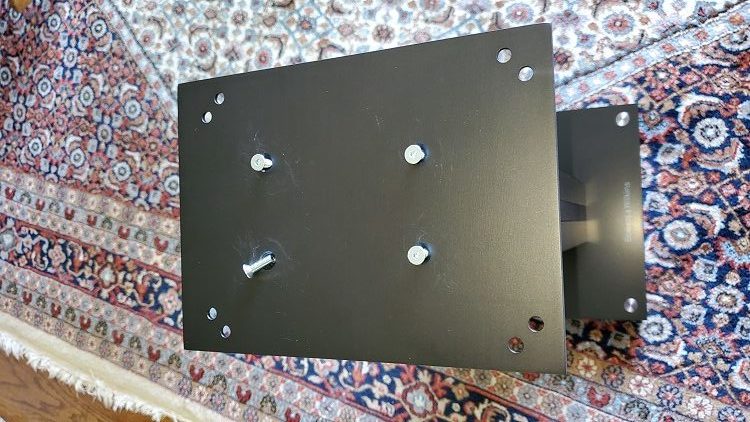
The screws are tightened with a different hex wrench.
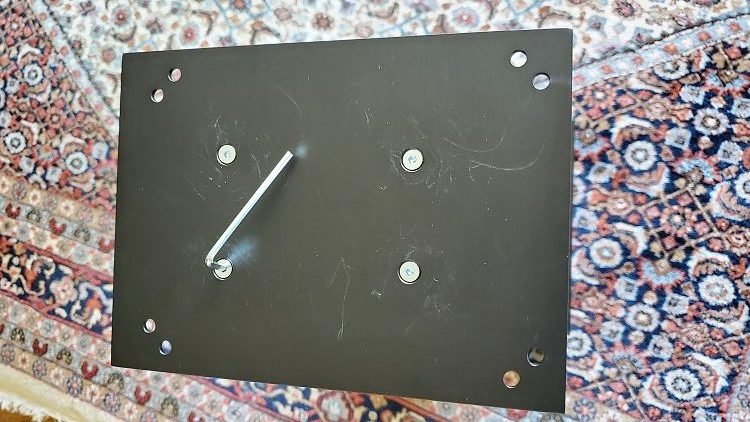
There are some additional screws that can be used to attach the speaker to the base plate, but I chose to use some small rubber bumpers that I bought on Amazon. I stuck them on the corners of the speaker base plate as shown below.
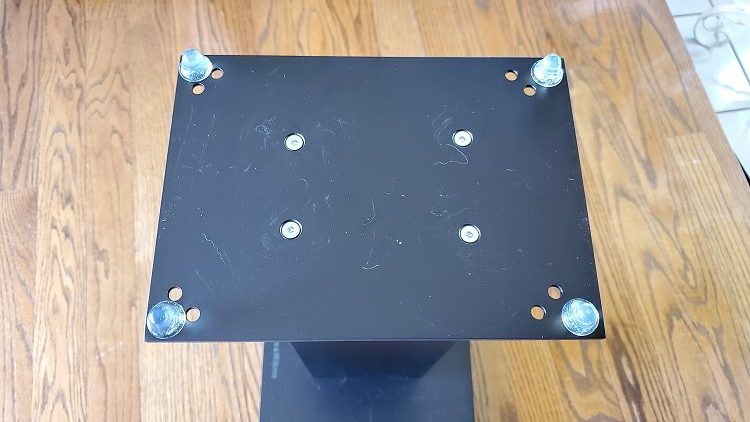
Here is what they look like under one of the speakers. They separate the speaker from the base plate by a little more than 1/4”.
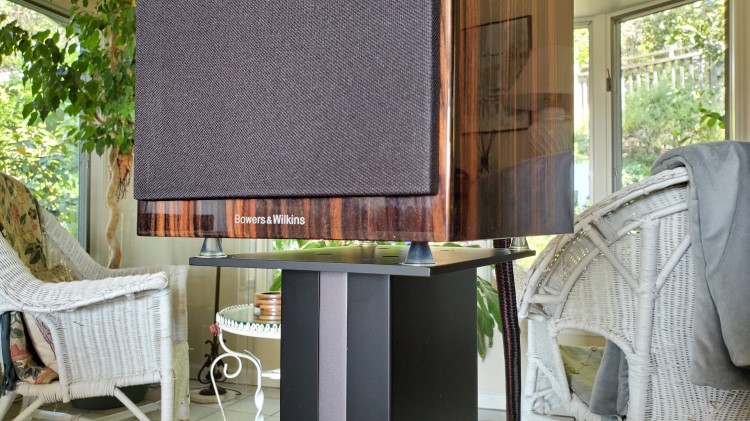
So, here is a speaker on a stand, ready for use.
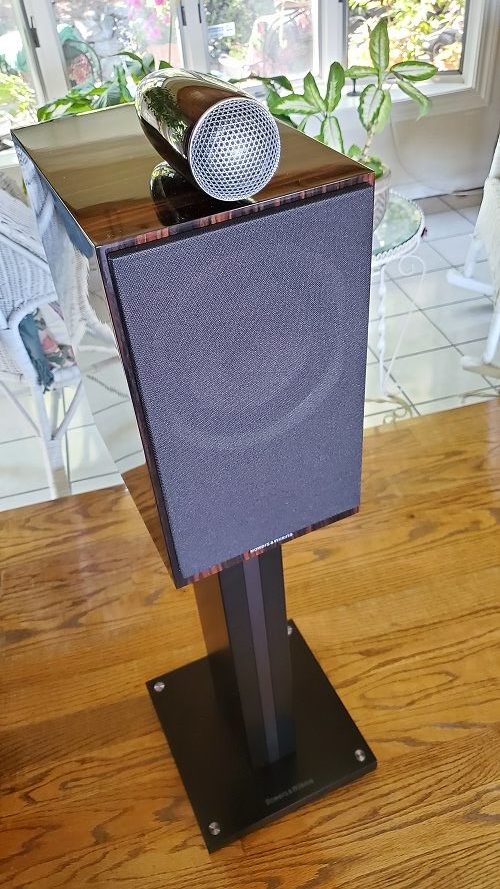
Shown below is the rear of a speaker with a Clarus Crimson speaker cable attached, using banana plugs.
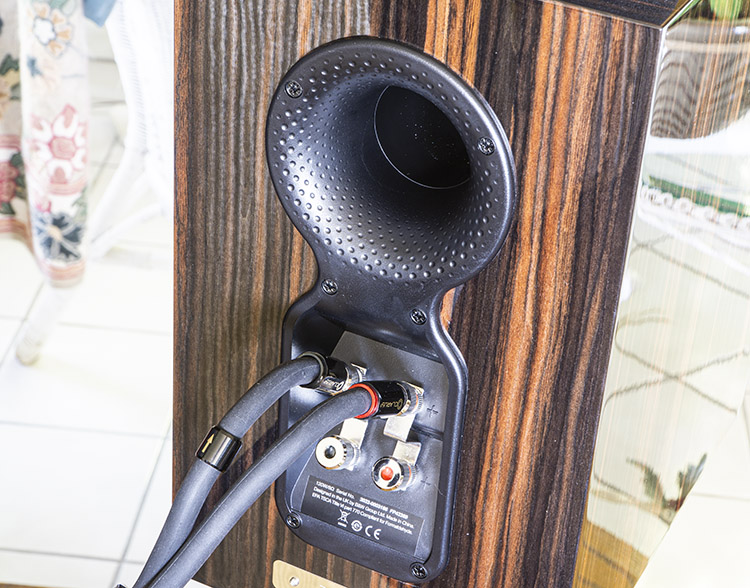
A foam rubber port plug is included that you can use to change the bass response.
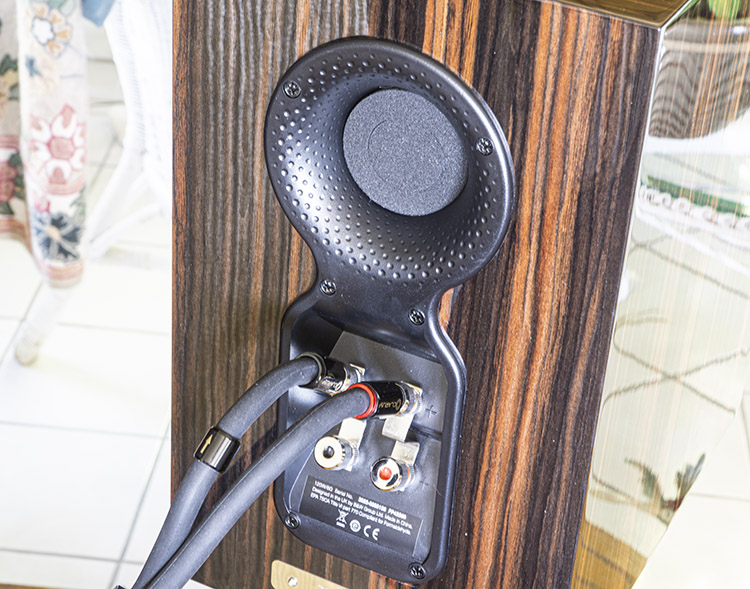
It has a center piece that can be removed, resulting in a partial plug, which also has its own bass response (detailed later in the bench tests).
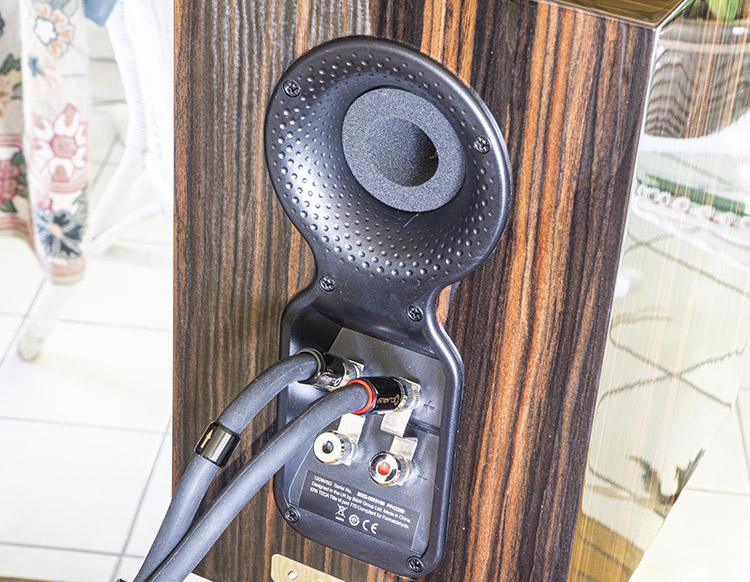
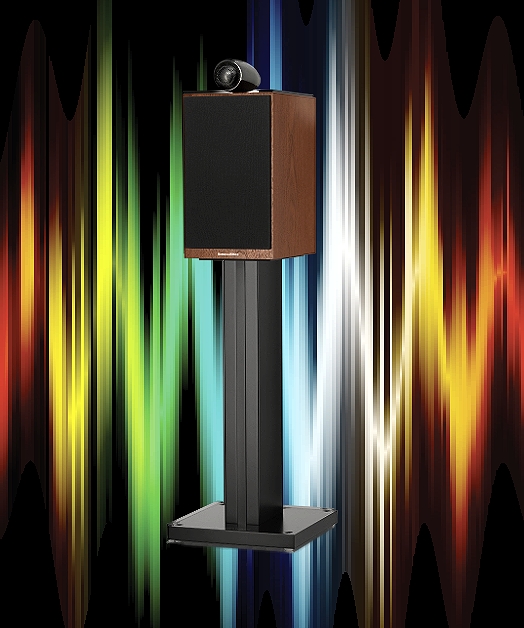
In Use
I listened to the B&W 705 Signature Speakers with a computer (PC) delivering Tidal music streaming via USB input to an OPPO UDP-205 Universal Player, a hard drive connected to the UDP-205 with my entire digital music collection stored on it, VPI-HR-X Turntable with Sumiko Palo Santos MC Phono Cartridge, Manley Labs Steelhead Phono Preamplifier, Pass Labs Xs Preamplifier, Pass Labs Xs 300 Power Amplifiers, Wireworld XLR cables, and Clarus Crimson speaker cables. I used a Clarus Concerto Power Conditioner for the computer, OPPO UDP-205, Manley Labs Steelhead Phono Preamplifier, and Pass Labs Xs Preamplifier. There is no power conditioner out there that will handle the two Pure Class A 300 watt Pass Labs Power Amplifiers, especially when the computer, universal player, and preamplifier are also plugged into it. In particular, the Xs 300s are wired for 240 volts because they are huge-demand amplifiers weighing 300 pounds each. I placed the two B&W Signature Speakers about 10 feet apart, angled inward at about 15 degrees. I listened at about 12-15 feet from the speakers.
Complete List of Reference Components: OPPO BDP-105 Universal Player (4), OPPO UDP-205 Universal Player (2), VPI-HR-X Turntable with Sumiko Blackbird MC Cartridge and Sumiko Palo Santos MC Cartridge, Manley Labs Steelhead Tube Phono Preamplifier (2), Balanced Audio Technology VK-5i Pure Class A Triode (Tube) Stereo Preamplifier (2) (Fully Balanced), Balanced Audio Technology VK-500 Solid State Stereo Power Amplifier (Fully Balanced) (250 Watts per Channel), Pass Labs Xs Preamplifier, Pass Labs Xs 300 Monoblock Pure Class A Power Amplifiers (2) (300 Watts/each), Parasound JC 1+ Monoblock Power Amplifiers (2), Lamm LL1 Signature Stereo Pure Class A Triode (Tube) Preamplifier, MartinLogan CLX Full-Range Electrostatic Speakers (2), Magnepan 20.7 Planar-Magnetic Speakers (2), Sonus faber Lilium Speakers (2), Paradigm Reference Signature SUB 2 Subwoofers (2), Custom-Built Computer for Audio Analysis, Accupel HDG-3000 Digital Color Signal Generator (1080i capable), Component Video and DVI Output, ColorFacts Pro Video Test and Calibration Software, Version 6.0, Spyder Sensor, SpectraPlus Audio Analysis Software, Audio Precision SYS-2722 Spectrum Analyzer, Staco 3PN2210B-DVM 22 Ampere Variable Transformer (for adjusting line voltage to 120 volts during amplifier power output tests), Pass Labs XP-20 Stereo Preamplifier, Classé SSP-800 Surround Sound Processor, Emotiva XMC-1 Surround Sound Processor, Classé CA-5200 Five-Channel Power Amplifier (200 Watts per Channel), Pass Labs X600.8 Power Amplifiers (4) (600 Watts/Each), Audio Control Phase Coupled Activator (Sub-Harmonic Generator), Carver Platinum Mark IV Ribbon Speakers (2), MartinLogan Summit X Hybrid Electrostatic Speakers (2) (Rear Left/Right), MartinLogan Stage X Hybrid Electrostatic Speakers (3) (Center and Sides Left/Right), Velodyne DD-18+ Subwoofer (3), HiFiMAN HE1000 Planar Magnetic Headphones, OPPO PM-1 Planar Magnetic Headphones, OPPO HA-1 Headphone Amplifier, Bryston BUC-1 USB Converter, Sony VPL-HW55ES 1,920 x 1,080p Digital Projector, 90″ (Diagonal) Stewart Grayhawk Projection Screen, Sony 75″ UHD (4K) Flat Panel Display, Clarus Audio and Wireworld cables, Clarus Concerto Power Conditioner with Crimson Power Cable.
Music – Tidal – Chopin Impromptus & Scherzos, Mao Fujita Piano – Naxos – Released 10/16/2019

Piano is always a good speaker test because there are so many notes being played at the same time. This relatively new release worked well, and the Signatures kept all the notes separate. This is a good test for speakers because when the sound is complex, some speakers will reproduce it in a “mushy” way rather than keeping the multiple simultaneous notes separate.
Music – Tidal – Richard Holmes & Gene Ammons: Groovin’ with Jug – Pacific Records – CDP7 92930 2 – Released 8/15/1961
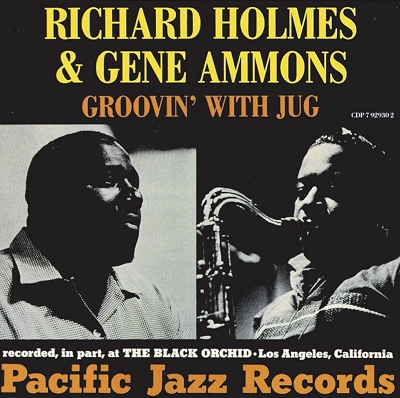
I love the sound of a Hammond B3 organ, and Richard Holmes was an excellent set of fingers for this instrument. The amount of bass was amazing for such a relatively small speaker.
Music – Tidal – Rod Stewart: Still the Same . . . Great Rock Classics of our Time – BMG, Sony Music Entertainment – Released 10/10/2006
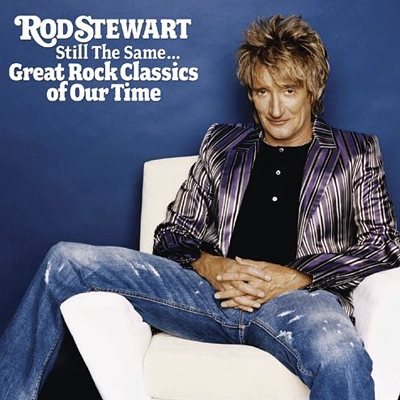
Those were the days. Real music, real musicians, Hammond B3 Organ (again). Oh yes! But I don’t know why “Maggie May” is not on this album. Here was a second case of my being surprised at the amount of bass that these speakers can reproduce. His voice sounded completely natural and articulate.
Music – Tidal – Phil Collins: The Singles – Rhino – Released 10/14/2016
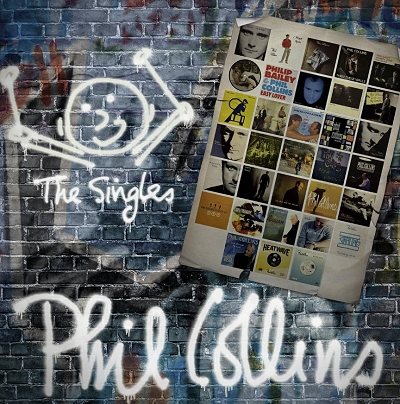
This album is a collection of Phil Collins hits over the many years of his career. It has one of my favorite tracks, “True Colors”, which was written and performed originally by Cyndi Lauper. Here is the Phil Collins’ version: https://www.youtube.com/watch?v=2FMtxACKlYM, and here is Cyndi Lauper’s version https://www.youtube.com/watch?v=LPn0KFlbqX8. You decide. But, I like the Collins version. Either way though, they both sounded great on the B&W 705 Signature speakers.
Music – Tidal – Norah Jones: Morning Jones – UMG Recordings – Released 8/7/2020

Norah Jones has always been a favorite of mine for female vocals. Her voice is very relaxing, and it sure sounded nice through the 705 Signatures. This is a new album, released in August, 2020. It’s a short album, only 26 minutes long. That seems a bit small for an album, but OK, I’ll bite anyway.
Very natural sounding voice from these speakers. That is really important.
Music – Tidal – Buddy Rich: The Solos – Lightyear – Released 5/13/2014

Buddy Rich is the undisputed king of jazz drumming. An absolutely incredible musician. And, his solos, although certainly not something for casual listening, are a treat for other drummers, including a very amateur one like me. They also make good test tracks for speakers. Listening to some of these solos with the B&W 705 Signatures, I found the articulateness of individual snare strokes, played so close together, they (almost) sound continuous, but the B&Ws kept them clearly singular. Cymbals are a really tough test because of the huge amount of frequencies that they contain. I have a large collection of cymbals, and I know when they sound natural or congested due to harmonic distortion. With the B&W 705 Signature Speakers, they sounded very natural. Difficult to do, but done well.
On the Bench
First, the Impulse Response (IR) taken at 1 meter (39.4 inches) from the speaker with the microphone pointing just above center of the speaker. The grille was on for these tests. All tests, except for one specified, were taken on-axis. For all tests, except two specified, there was no port plug.
The initial peak is positive, meaning that the phase is correct. The impulse begins at 1365.35 ms. Resonance ends at 1366.7 ms, and the room reflections begin at 1368.3 ms.
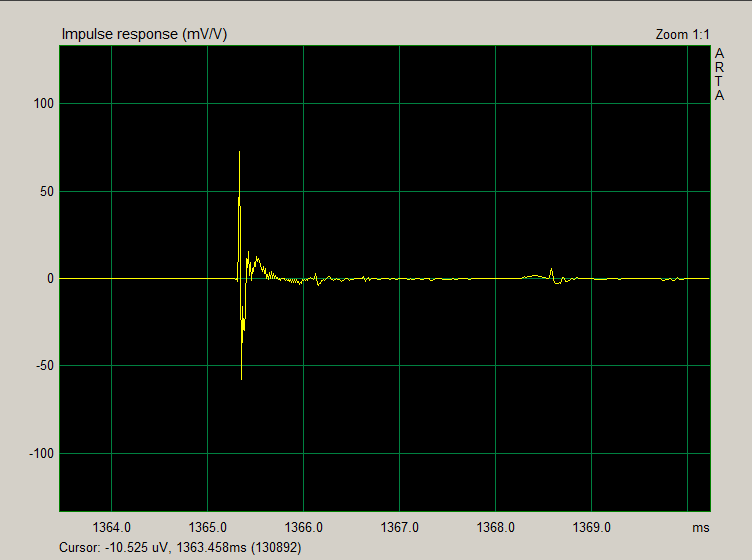
Here is the Frequency Response and Harmonic Distortion derived from the IR, taken with the measurement microphone at 1 meter, on-axis. The response is reasonably flat from 20 kHz down to 70 Hz. The high frequency response extends to 30 kHz. Very nice.
D2 (blue graph line) is the second harmonic, D3 (gray graph line) the third, and D4 (pink graph line) the fourth. Distortion for each of these harmonics at 100 dB SPL remains below 1% for most of the spectrum. It goes up at the very low end, which is expected.
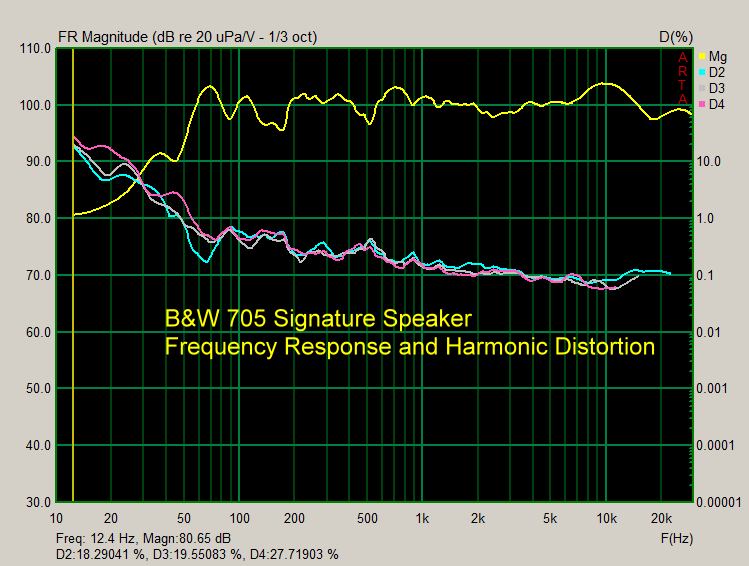
There are several peaks and dips, and some of this is due to standing waves and some of it due to cross-interaction, described two paragraphs below. If I move the microphone a bit farther away from the speaker, the peaks and dips change. Shown below is the FR and Distortion spectrum at 49”, still on-axis. Notice how the spectrum changes. Most of the peaks are slightly lower because the microphone was almost 10” farther away from the speaker than with the other tests at 1 meter. The amounts of the various harmonics are somewhat different as well. The 2nd ordered harmonic is now the largest one throughout the frequency range.
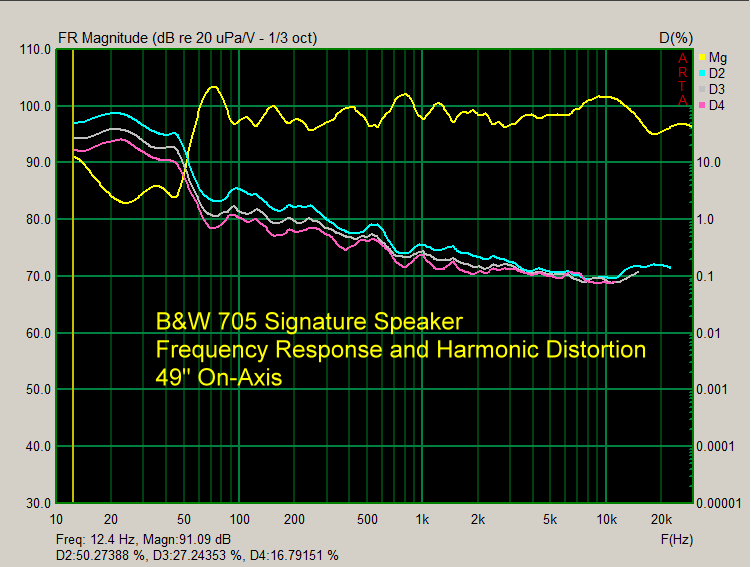
So, the actual response is probably a smoother line that goes through the center of the peaks and dips, and depending on how close you are to the speakers, the response will vary.
Here is a diagram showing how cross-interaction occurs. The green line represents the tweeter, and the red line represents the woofer. The black lines show the sound dispersion. The Region of Cross-Interaction is where the sound waves overlap. Depending on how far away the microphone is placed, the amount of cross-interaction and its effects will differ.
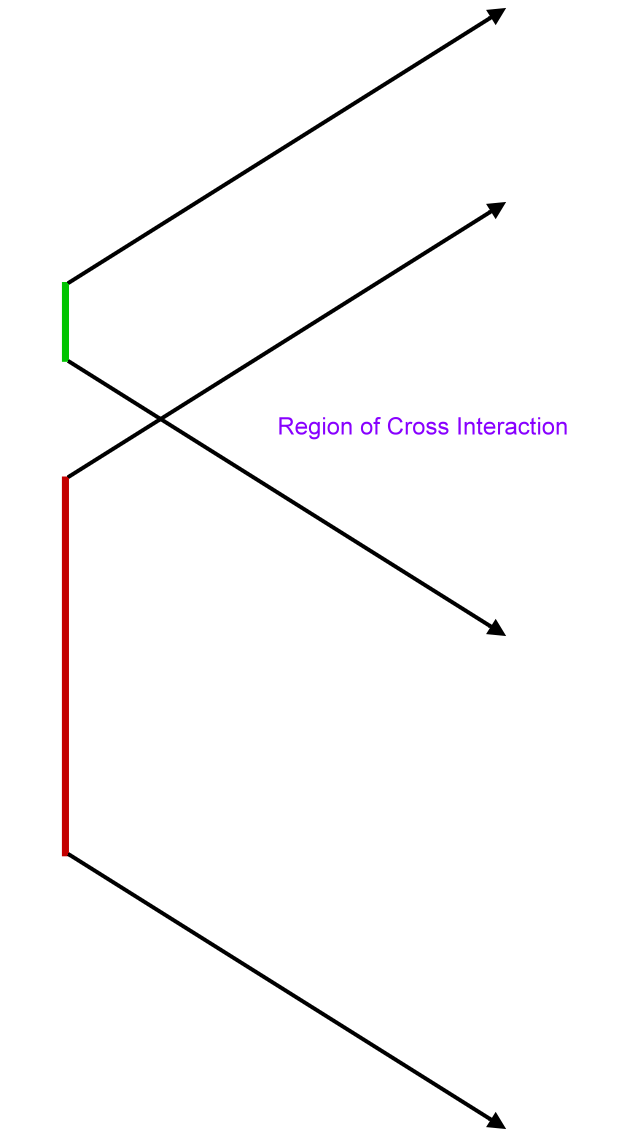
As I mentioned, standing waves are another cause of dips and peaks. They occur at specific places in a room due to reflected waves from one end of the room interfering with the waves from the source. They (the standing waves) are at specific frequencies that depend on the size of the room. Since there are four walls, a ceiling, and a floor, there will be a number of different standing waves. They can cause an increase in the level (peak) at some frequencies and a decrease in the level (dip) at other frequencies.
The frequency response of the woofer changes when the port plug is in place. Here is the response with no port plug. I put the microphone 16” from the speaker for these three tests. You can see that the low-end response drops off rapidly below 65 Hz. Harmonic distortion stays below 10% until reaching 60 Hz, then rises below 60 Hz which is expected. I raised the volume control to get a response at about 100 dB SPL, which is pretty loud.
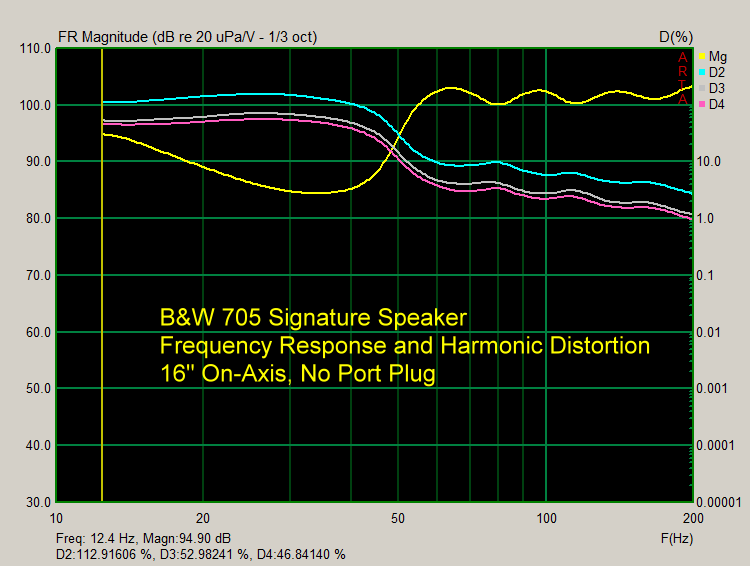
OK, so let’s look at the response with a half-port plug. The response still drops off below 65 Hz, but it is not as steep. The amount of D4 (4th ordered) harmonics is lower as well.
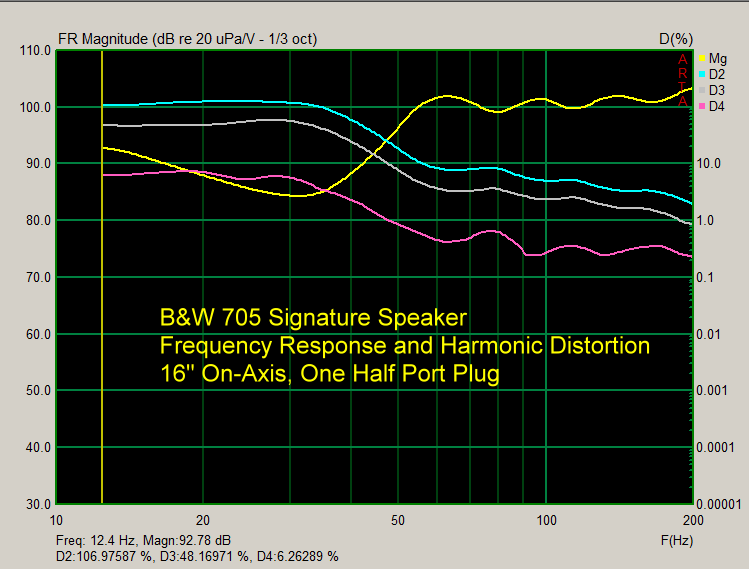
With the full-port plug, the response drops off even less steep. D4 distortion is back up where it was with no port plug, but the D2 (2nd ordered harmonics) are lower. Overall, the harmonic distortion appears to be less, but the bass output is also a bit less (I left the volume control unchanged for all three bass response tests).
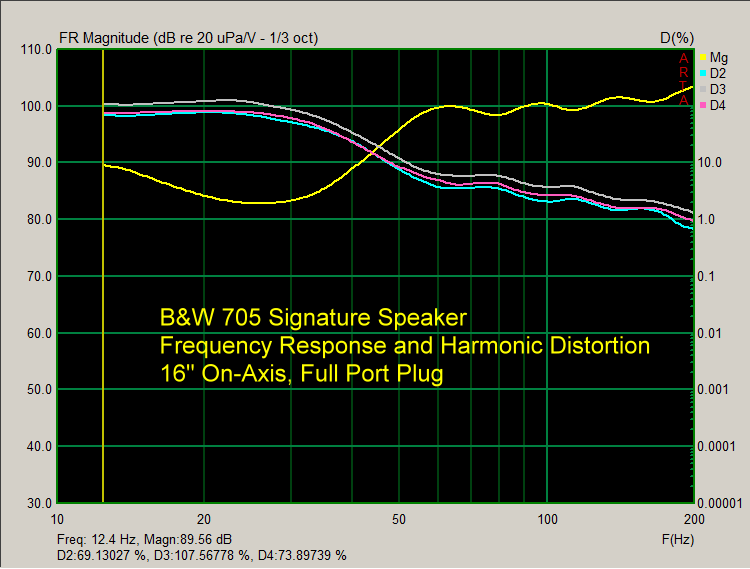
The frequency response tests on the speaker and the woofer shown above are derived from the Impulse Response, so room effects, including reflections, are minimized.
The room response is what we would actually hear. Shown below is the room response at 1 meter, on-axis. It drops off above 10 kHz and below 65 Hz., much like the impulse response-derived frequency response.
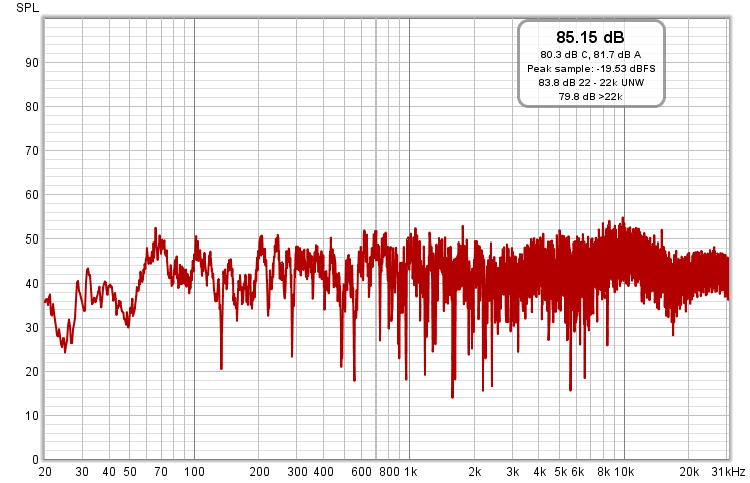
At 450 off-axis, 1 meter, the response is shown below. It begins to drop off at 4 kHz, with a large decrease above 20 kHz. The response is improved at 30 Hz. Room effects often really deliver an advantage with bass.
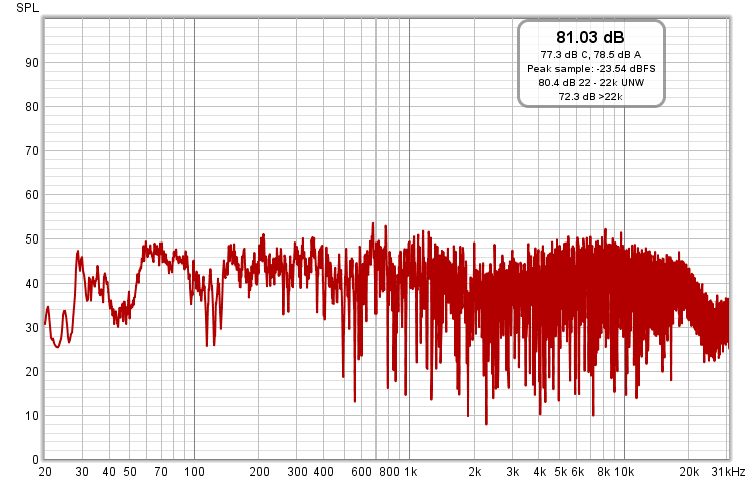
On the oscilloscope, we can take a look at the actual waveform.
Starting with 1 kHz (all test tones for this series were at 80 dB SPL, 1 meter, on-axis). Very symmetrical.

10 kHz (below).
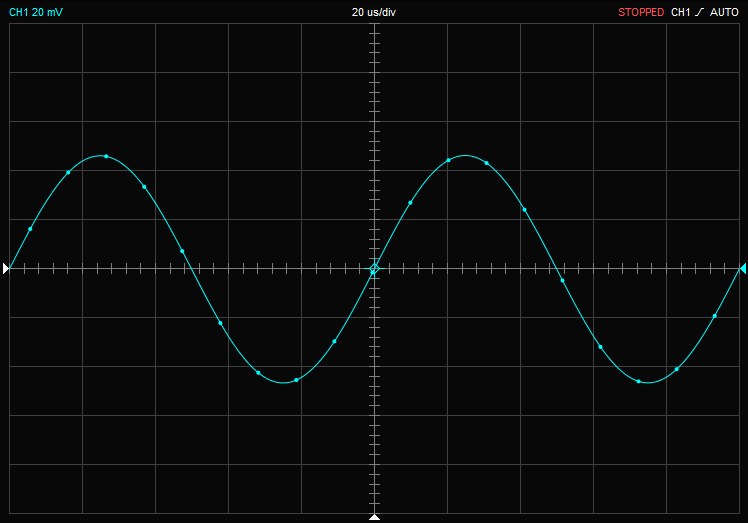
20 kHz.
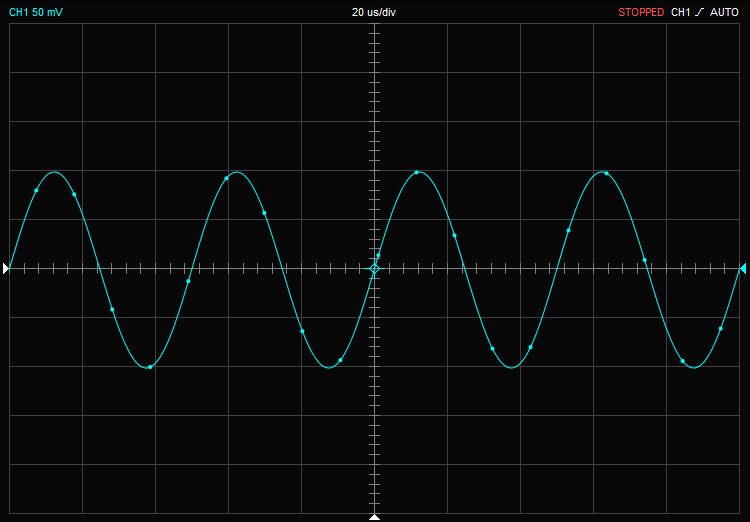
At 70 Hz. Slight asymmetry, but acceptable at this frequency (bass is difficult for any speaker).
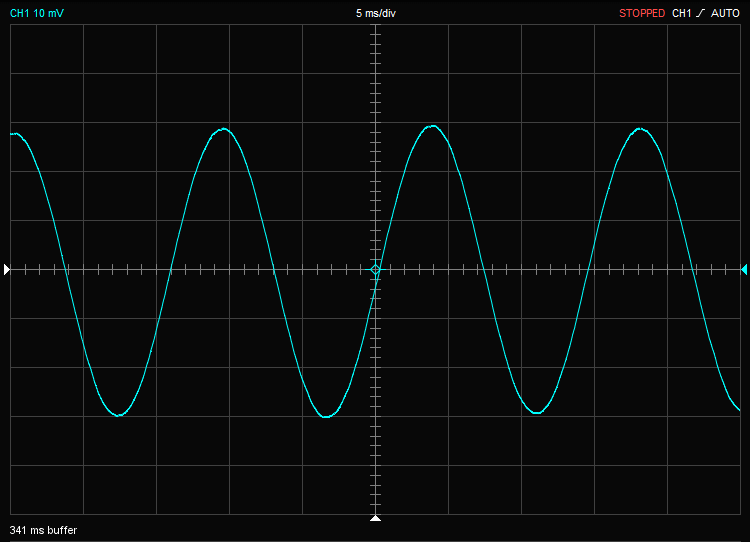
And, 60 Hz, again a bit of asymmetry, but still good.
So, the waveform tests were excellent for the B&W 705 Signature Speakers.
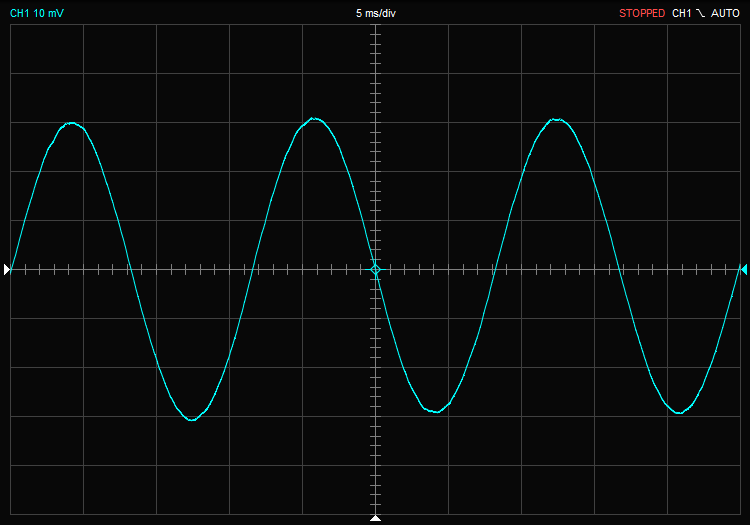
Now, the Step Response. The tweeter output begins at 1365.33 ms, and the woofer at 1365.72 ms. The peak at 1368.6 ms is probably the port. So, the difference in time between the tweeter and woofer is 0.39 ms. That is excellent and is due to the woofer only being 6.5” in diameter, which means the cone has low mass.
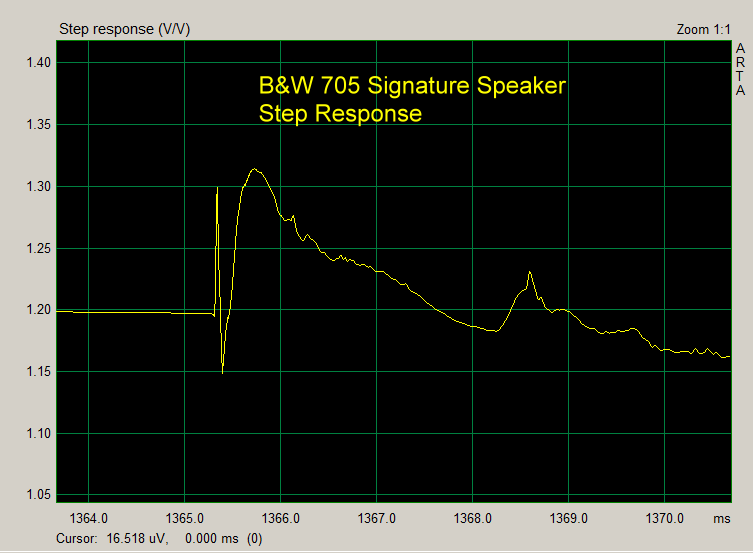
The Cumulative Spectral Decay (CSD) is shown below. Enclosure resonance is well controlled. There are a number of driver modes in the higher frequencies, but nothing unusual, and it is all over by 3 ms (beginning at 0.61 ms), so it takes 2.39 ms for the resonance to dissipate.
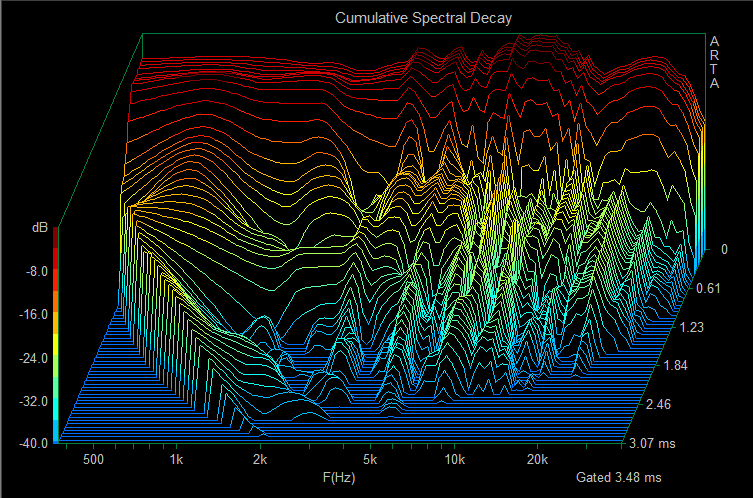
The Impedance/Phase response is shown below. No port plug.
The impedance peaks at 41.5 Ohms and 32 Hz, 33 Ohms and 88 Hz, and 38 Ohms and 2 kHz. The positive phase peaks at 57.50 and 25 Hz, 440 and 79 Hz, and 450 and 1.2 kHz.
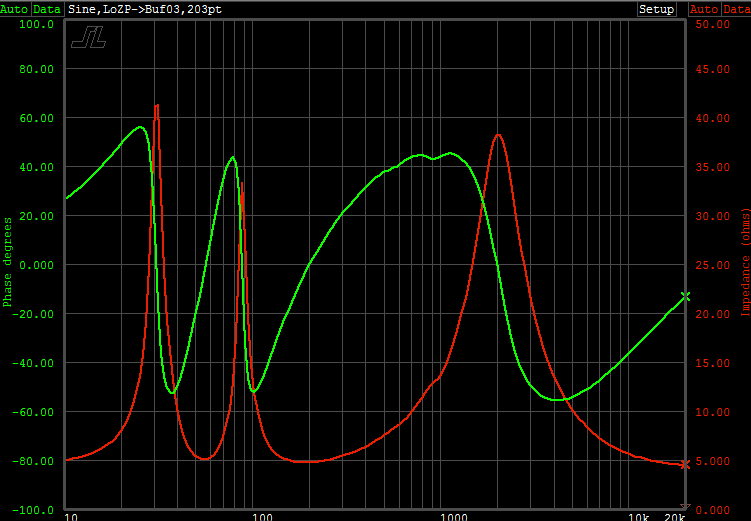
With a half port plug, the lower two sets of peaks change in frequency and height.
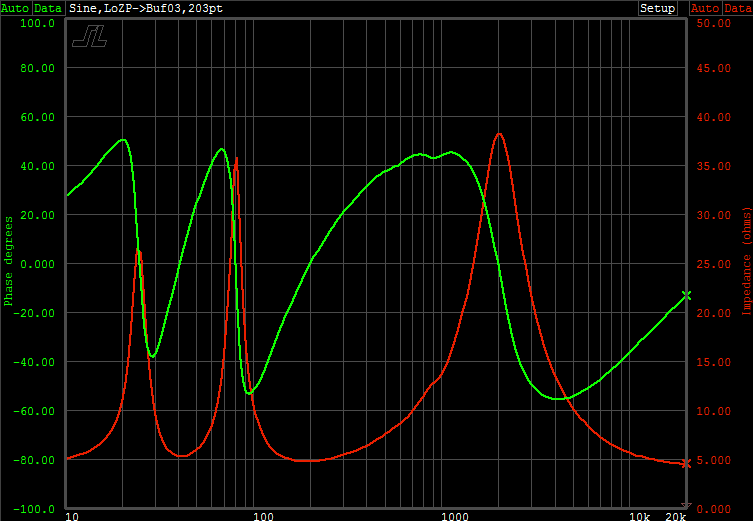
With a full port plug, there is only one pair of lower impedance and phase peaks.
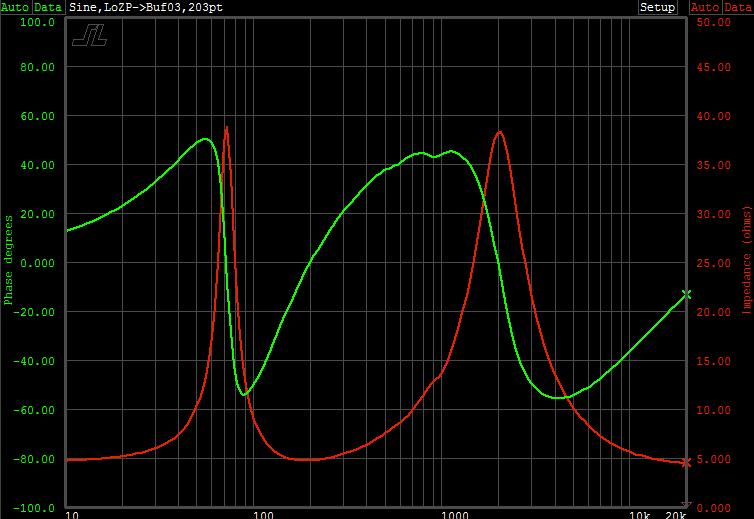
So, the port plug makes a lot of difference in the impedance and phase. The impedance bottoms out at about 5 Ohms in all cases. The negative phase is at a maximum at about -530.
Conclusions
The B&W 705 Signature Speakers are truly a great all-around stand-mounted speaker. They sound very natural, are articulate, and are gorgeous to boot.
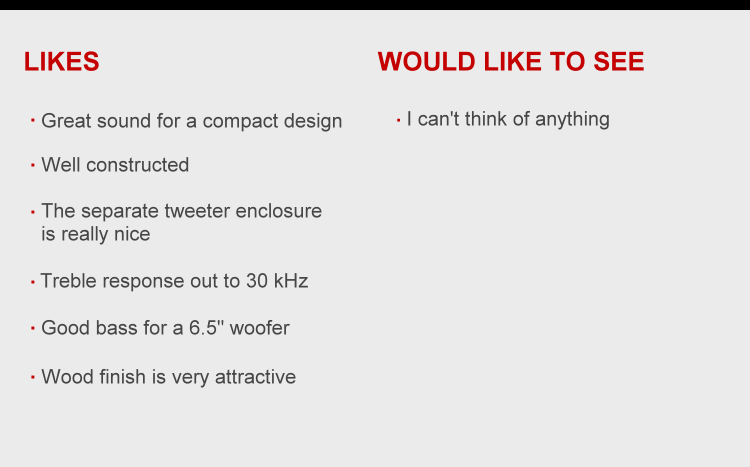
James Krakowski, Executive Vice President of B&W, commented on the review:
“We would like to thank John Johnson for taking the opportunity to review and experience the new Bowers & Wilkins 705 Signature Series loudspeakers. Our engineering team took great pride in the design of these iconic speakers which we feel truly embodies our passion and commitment to deliver an unrivaled audio experience to consumers.”
